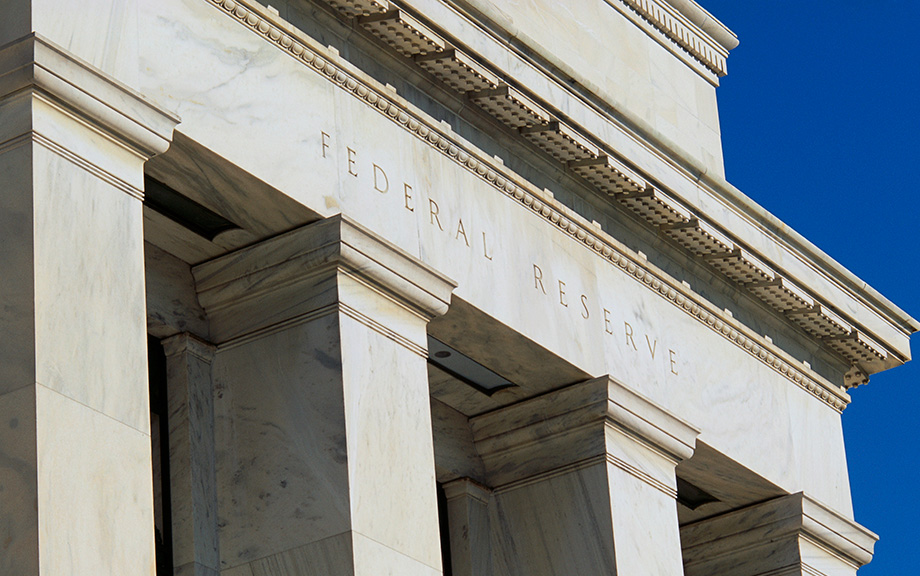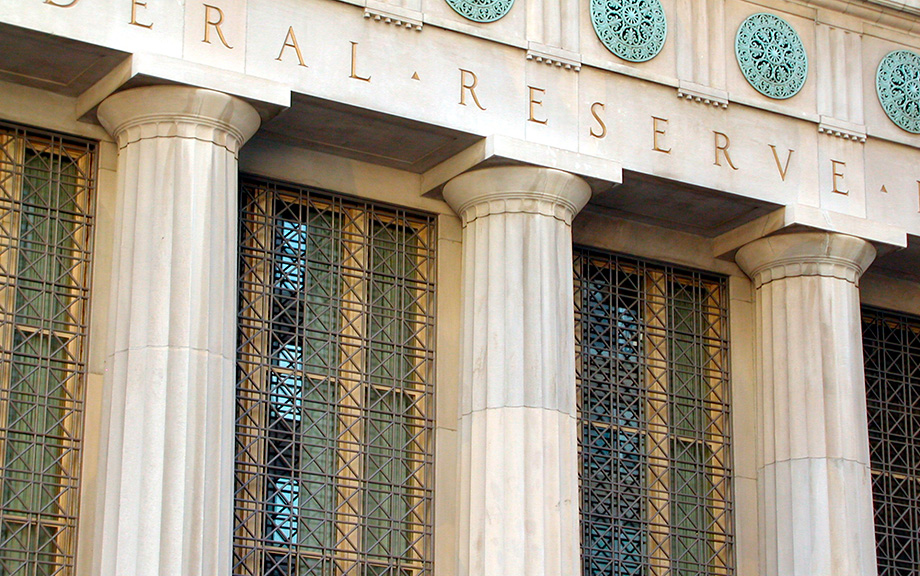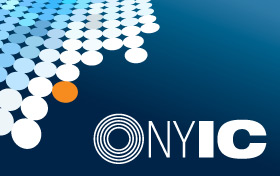Discount Window Stigma After the Global Financial Crisis

The rapidity of deposit outflows during the March 2023 banking run highlights the important role that the Federal Reserve’s discount window should play in strengthening financial stability. A lack of borrowing, however, has plagued the discount window for decades, likely due to banks’ concerns about stigma—that is, their unwillingness to borrow at the discount window because it may be viewed as a sign of financial weakness in the eyes of regulators and market participants. The discount window has been reformed several times to alleviate this problem. Although the presence of stigma during the great financial crisis has been documented empirically, we do not know whether stigma has remained since then. In this post, based on a recent Staff Report, we fill this gap by using transaction-level data from the federal funds market to examine whether the discount window remains stigmatized today.
Can Discount Window Stigma Be Cured?

One of the core responsibilities of central banks is to act as “lender of last resort” to the financial system. In the U.S., the Federal Reserve has been operating as a lender of last resort through its “discount window” (DW) for more than a century. Historically, however, the DW has been plagued by stigma—banks’ reluctance to use the DW, even for benign reasons, out of concerns that it could be interpreted as a sign of financial weakness. In this post, we report on new research showing that once a DW facility is stigmatized, removing that stigma is difficult.
The Recent Rise in Discount Window Borrowing

The Federal Reserve’s primary credit program—offered through its “discount window” (DW)—provides temporary short-term funding to fundamentally sound banks. Historically, loan activity has been low during normal times due to a variety of factors, including the DW’s status as a back-up source of liquidity with a relatively punitive interest rate, the stigma attached to DW borrowing from the central bank, and, since 2008, elevated levels of reserves in the banking system. However, beginning in 2022, DW borrowing under the primary credit program increased notably in comparison to past years. In this post, we examine the factors that may have contributed to this recent trend.










 RSS Feed
RSS Feed Follow Liberty Street Economics
Follow Liberty Street Economics